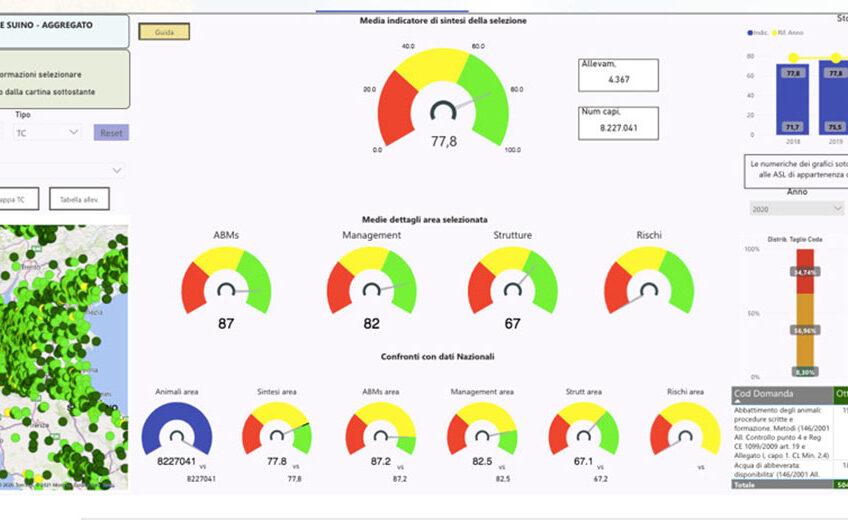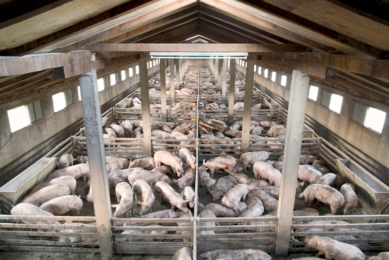Italy gains international interest with ClassyFarm

The Italian ministry of health has developed a new integrated IT system, known as “ClassyFarm”, for risk analysis of livestock farms. Farmers, vets and the state veterinary service can access the system – and it is attracting international attention.
Initial reactions from Italian farmers were perhaps somewhat sceptical. ClassyFarm was described as a mixture of two of Orwell’s famous books, 1984 (with Big Brother watching over) and Animal Farm. A few years later, however, the system is now very well accepted. Farmers are motivated by the benchmarking features and strive to outperform their peers. The system is particularly effective in monitoring the national trend of reducing antibiotic usage.
Accommodating all species
ClassyFarm was designed to accommodate all species. Electronic veterinary prescriptions came into force during 2018, which influenced the ministry to develop the system that was launched at the end of that year. Currently it is being used by pig, poultry, beef and dairy farmers; there are other sections that cover sheep, goat, horse, buffalo, rabbit and fish farms.
5 main areas
ClassyFarm covers 5 main areas: biosecurity, animal welfare, antibiotic usage, antimicrobial resistance and slaughterhouse checks. For biosecurity, the system uses the BioCheck application that was developed by Ghent University, Belgium.
Italy has about 500,000 registered livestock holdings, comprising large commercial farms all the way down to small hobby farmers. Each individual farm code is centrally loaded into the system with detailed information as well as geolocation. Slaughterhouse data can also be fed into the system. All electronic veterinary prescriptions feed into the system automatically and register the dosage, species and category of animal.
Ministry checklist
The farm veterinarian is obliged to enter all the data about aspects of animal welfare from a ministry checklist. That includes data on stocking densities, availability of manipulable material (quantity and quality), number of animals per caretaker, level of instruction of the caretakers, the presence of toxic gases (CO2 and NH3), trough space and the presence of any ear/tail biting.
Data from a biosecurity checklist must also be entered. That includes data on pest control measures, contact with other species, entrance barriers, vehicle disinfection procedures, loading facilities, carcass disposal procedures, quarantine and animal movements.
Output: The ClassyFarm dashboard
The ministry uses a “dashboard” with colours and graphics that are easy to interpret. Individual farm data is colour-coded to immediately highlight any areas of risk. An interesting feature is the ability to benchmark farm data against peers in the same zone, region or on a national level, for each individual parameter.
The biosecurity section shows all other farms within a 3km or 10km radius on a detailed map. These are standard measurements that are used in case of notifiable disease outbreaks. The antibiotic usage output is expressed in defined daily doses, is very detailed and looks at individual molecules (active principles) that have been prescribed. Antibiotic usage can be sorted by biomass or category of animal (sows, weaners, finishers). An important feature is a histogram showing current usage against previous years’ usage.
The Italian ministry has the resources to carry out about 5,000 farm inspections a year. That is only about 1% of the total individual farm codes, because of a large number of very small farms with individual codes. ClassyFarm is a way to correctly identify farms through the best use of valuable resources to carry out effective national monitoring. The system has been presented to other countries within the EU, and strong interest has been expressed in adopting the system on a wider international basis.











